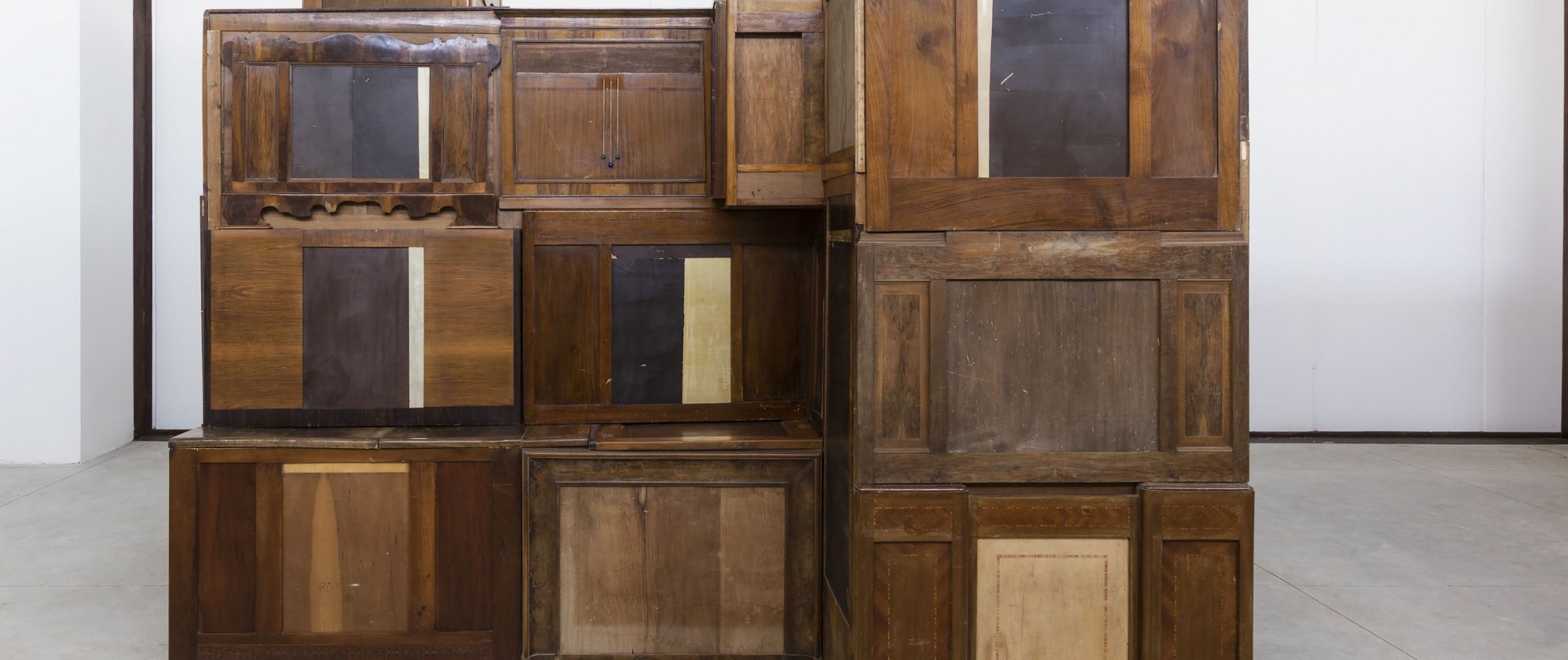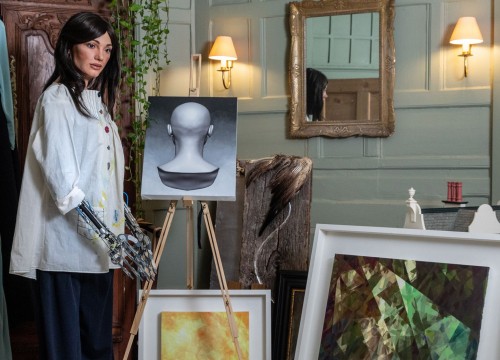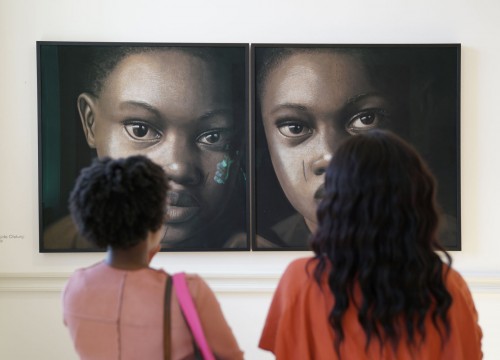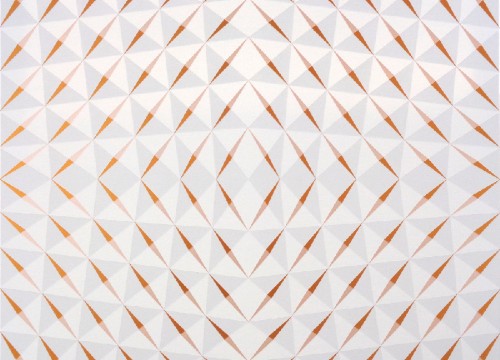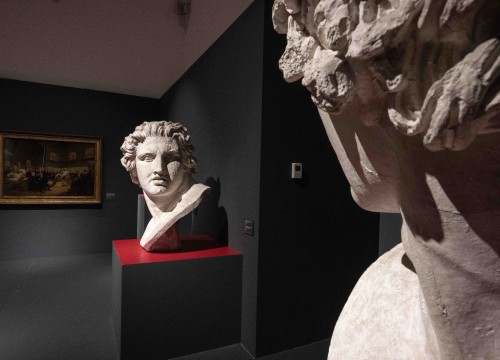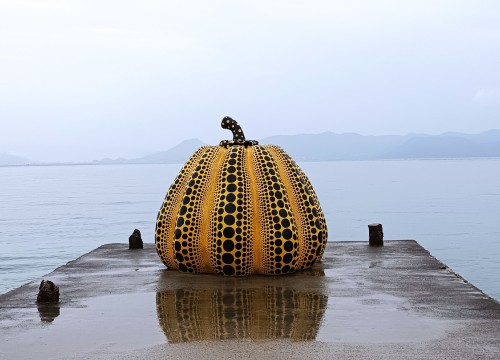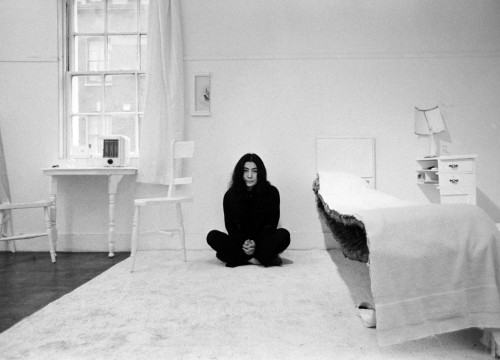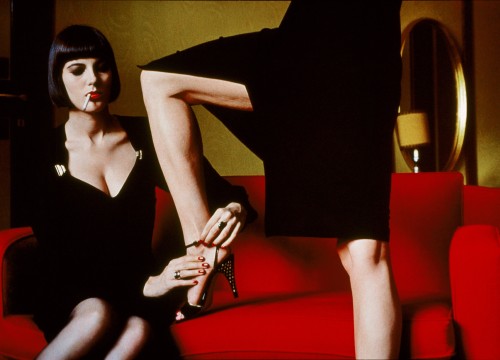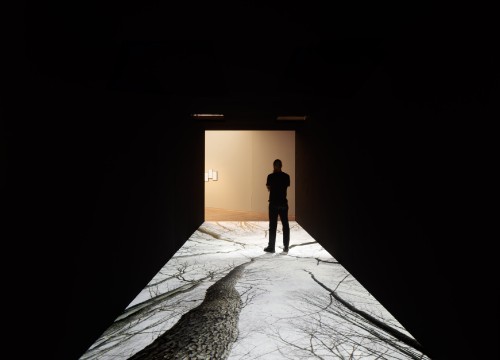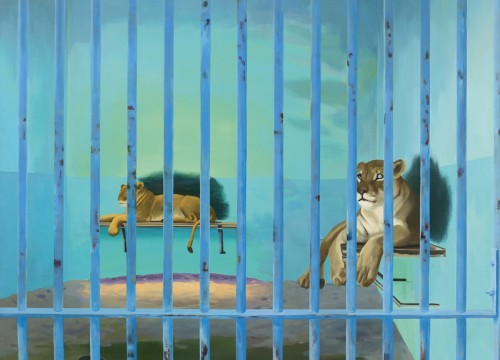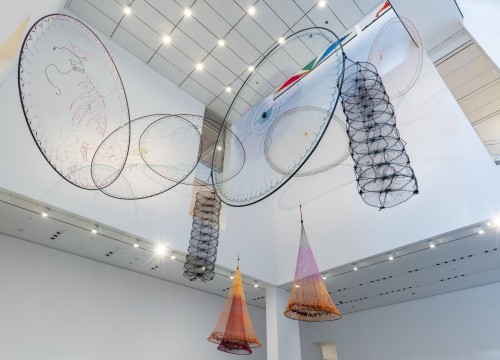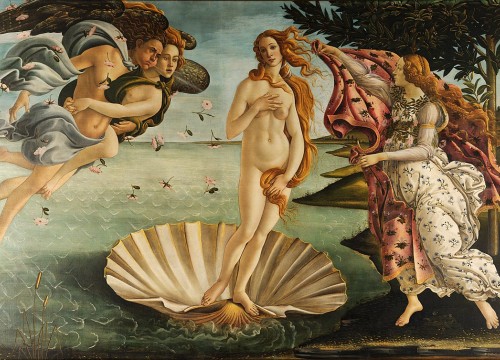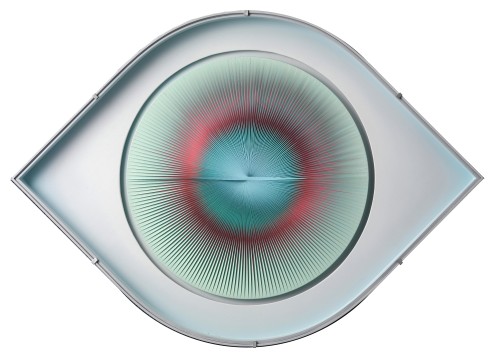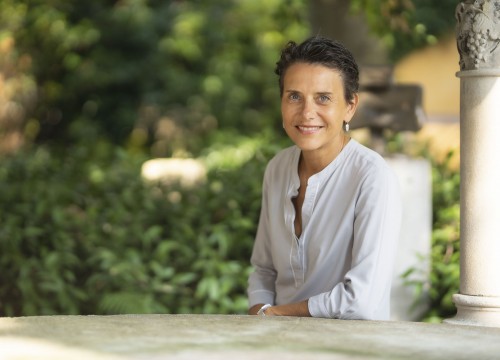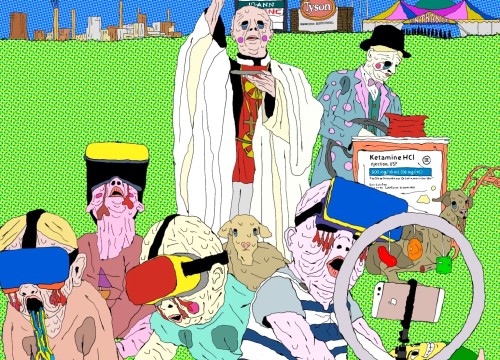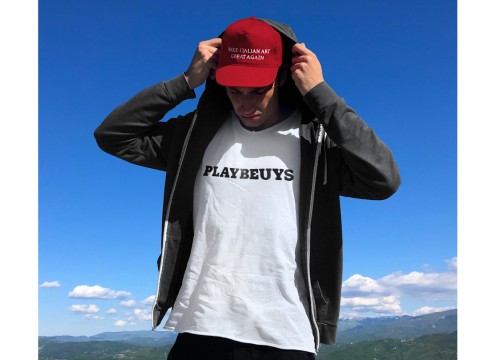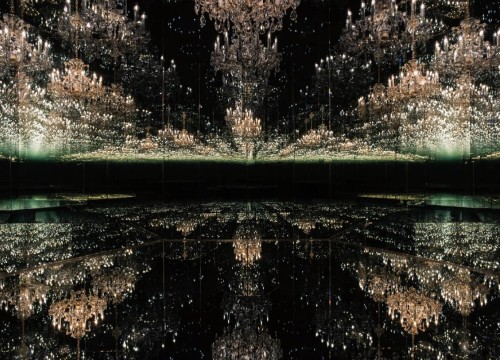Has post-virus art already started? I think that, if any new kind of art has actually started, it is that of nostalgia, which was already approaching us. An art that consists of the re-reading of our past, in the search for a childhood of which the pandemic traumatically deprived us, in more than one case, stealing from us our close relatives, the very people who took care of us while we were growing up. The people who handed down to us a culture that was still solid, but that is no longer there because today nobody goes beyond the Bignami. And, for many people, this is enough. At times, in fact, even those of us who studied texts of two hundred pages end up thinking that, all in all, this is a good thing in today’s world – the last chance for a school system that has been in a coma for too many years.
Some time ago, during the September 20 celebrations, I asked a young man what important poetic composition was written during the battle to liberate Rome. The guy lively answered, “Bella ciao.” Congratulations to his father, mother, and professor, who perhaps have never heard about Mameli’s hymn. There is no need to further investigate who is to blame; certainly, it is the policy of our country, so poor of ideas and rich in provincialism and empty TV programs. An old and cultured friend of mine, who is endowed with the irony typical of the Florentine people, has recently sent me an e-mail. “Umberto,” he wrote to me, “new poetry is born, a kind of post-catastrophe poetry. Read and let me know your opinion.” The incipit of the poem he sent me was dazzling, “Ange plein de gaieté connaissezvous l’angoisse? (“Angel full of gaiety, do you know anguish?”). A magnificent way to define our days of lockdown and death. Pity that this verse was written by Charles Baudelaire a long time ago. My friend continued with his verses, “We met her – on our way home – decorated with the clothes of a virus.” He wanted to tell me that we have to catch up with the past. He – a painter – tried to do it. But then, he hid all his works in the cellar.
Some days ago, I paid a visit to Giuliano Gori, one of the greatest collectors in the world and a well-known name in prestigious museums. In his villa, thousands of years ago, I met a young Cristo. So I visited his factory, where a vernissage was taking place. The exhibition was dedicated to a young Florentine artist, Flavio Favelli, who lives in Savigno. The exhibition was called “Profondo oro” (“deep gold”) and featured four works: two paintings whose surface is characterized by plays of gold reflections and light graffiti, and two monuments created putting together old pieces of furniture. Looking at them, you can see your grandparents’ bedroom; their living room; their entryway with good objects of bad taste; their cocktail cabinet; the quiet atmosphere of evenings spent chatting; and the scent of withered flowers.
A recovered childhood, a rediscovered nostalgia. Meeting our dear ones again, feeling a deep bitterness for the things we lost. The paintings are both fourteenthcentury gold backgrounds with no foreground images. A journal of your illusions. Perhaps, Favelli has really anticipated the art that will come after the coronavirus. I think this is the great flash of insight Fabio and Paolo Gori, Giuliano’s sons, had. They are always focused on contemporary art. As with this new publication.

